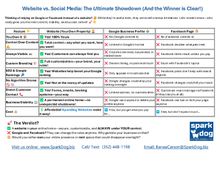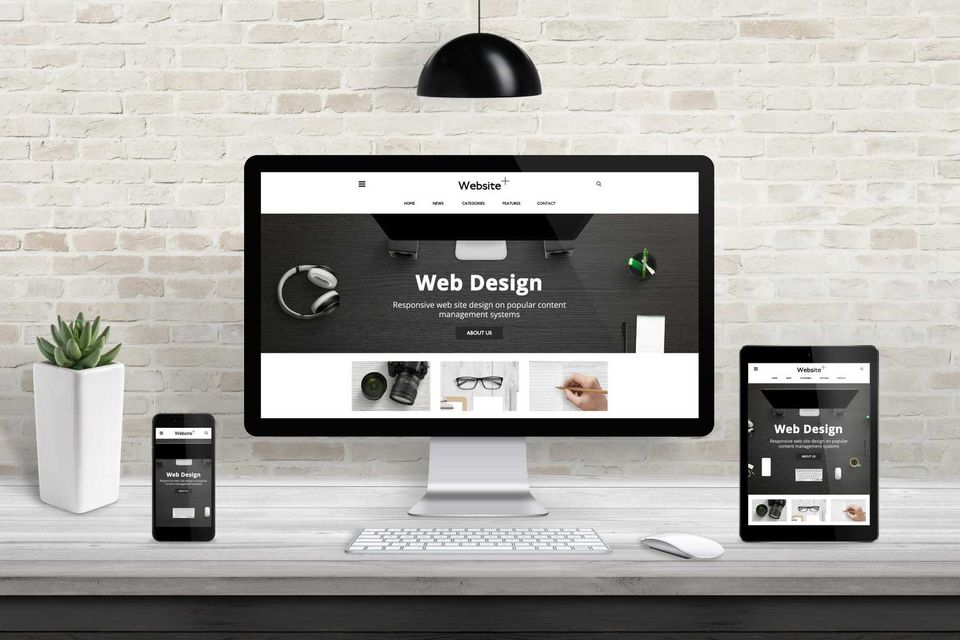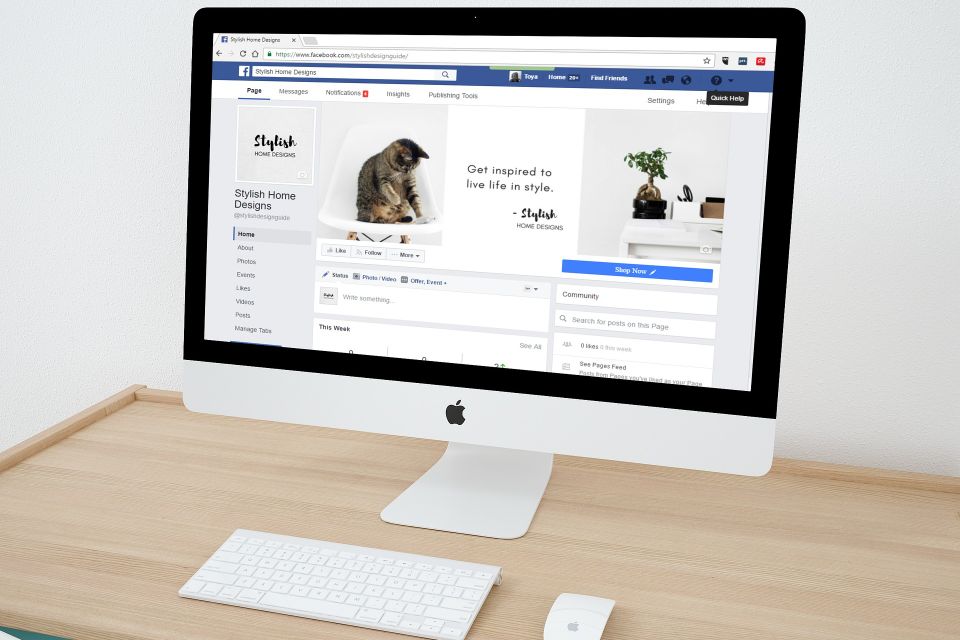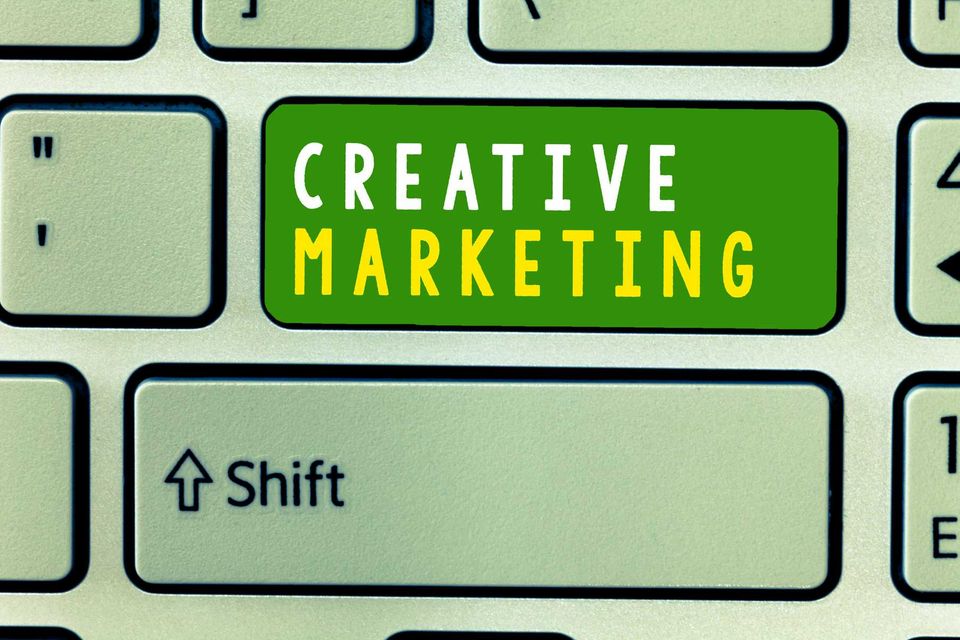
5 Things Your Website Is Secretly Saying About Your Business
Your website talks — even when you’re not around.
The question is, what is it saying about your business?
Here are five silent messages your site might be sending (and how to make sure they’re good ones).
“I’m Outdated — Maybe My Owner Is Too.”
If your website looks like it time-traveled from 2010, visitors might assume your business is behind the times, too.
💡 Fix it: A clean layout, readable fonts, and updated photos instantly say “We’re current and professional.”
“I Don’t Care About Details.”
Broken links, typos, and fuzzy images whisper “close enough.” That’s not the impression you want.
💡 Fix it: Check your site monthly. A quick polish shows you care about quality and follow-through.
“I’m Hard to Talk To.”
If visitors can’t easily find your contact info or have to jump through hoops to reach you, they’ll move on.
💡 Fix it: Keep your phone, email, and social links front and center — like an open door to your business.
“I Don’t Know Who I’m Talking To.”
When your message tries to speak to everyone, it connects with no one.
💡 Fix it: Write like you’re having a real conversation with your best customer. Use their language, not tech-speak.
“I’m Invisible.”
Even the prettiest site won’t help if no one can find it. If you’re not showing up in search results, you’re whispering into the void.
💡 Fix it: Add keywords people actually use, keep your Google Business Profile up to date, and post new content regularly.
✨ BOTTOM LINE:
Your website is your digital storefront — it tells your story 24/7. Make sure it’s saying all the right things.
🛟Need help giving your site a voice that works as hard as you do?
Let’s talk! Contact Us
The question is, what is it saying about your business?
Here are five silent messages your site might be sending (and how to make sure they’re good ones).
“I’m Outdated — Maybe My Owner Is Too.”
If your website looks like it time-traveled from 2010, visitors might assume your business is behind the times, too.
💡 Fix it: A clean layout, readable fonts, and updated photos instantly say “We’re current and professional.”
“I Don’t Care About Details.”
Broken links, typos, and fuzzy images whisper “close enough.” That’s not the impression you want.
💡 Fix it: Check your site monthly. A quick polish shows you care about quality and follow-through.
“I’m Hard to Talk To.”
If visitors can’t easily find your contact info or have to jump through hoops to reach you, they’ll move on.
💡 Fix it: Keep your phone, email, and social links front and center — like an open door to your business.
“I Don’t Know Who I’m Talking To.”
When your message tries to speak to everyone, it connects with no one.
💡 Fix it: Write like you’re having a real conversation with your best customer. Use their language, not tech-speak.
“I’m Invisible.”
Even the prettiest site won’t help if no one can find it. If you’re not showing up in search results, you’re whispering into the void.
💡 Fix it: Add keywords people actually use, keep your Google Business Profile up to date, and post new content regularly.
✨ BOTTOM LINE:
Your website is your digital storefront — it tells your story 24/7. Make sure it’s saying all the right things.
🛟Need help giving your site a voice that works as hard as you do?
Let’s talk! Contact Us

















